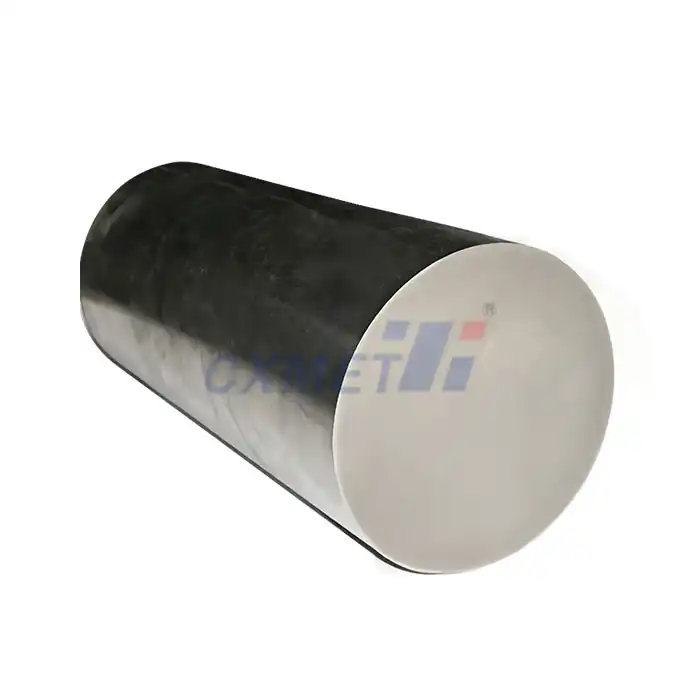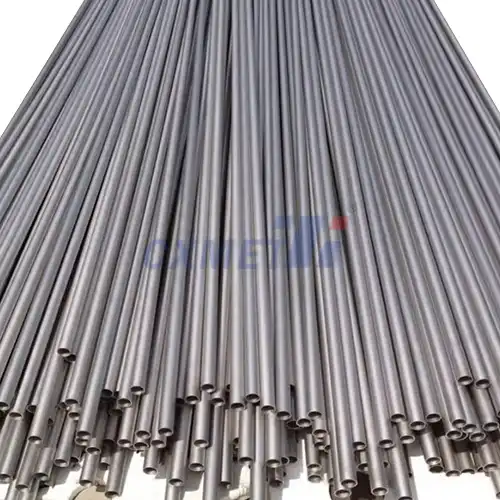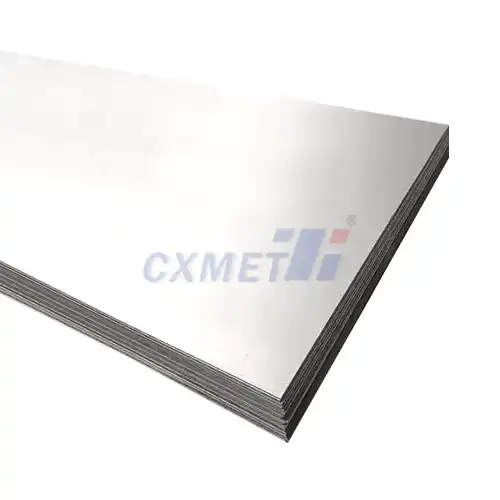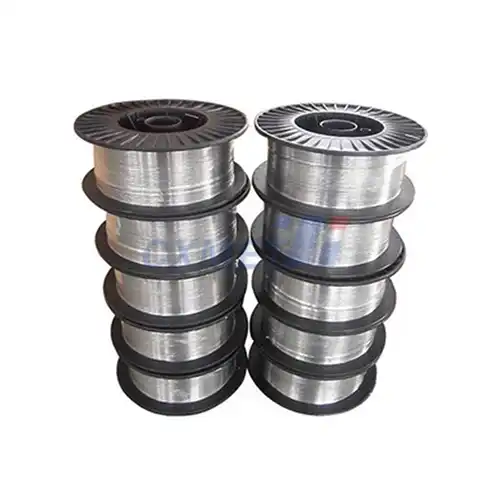- English
- French
- German
- Portuguese
- Spanish
- Russian
- Japanese
- Korean
- Arabic
- Greek
- German
- Turkish
- Italian
- Danish
- Romanian
- Indonesian
- Czech
- Afrikaans
- Swedish
- Polish
- Basque
- Catalan
- Esperanto
- Hindi
- Lao
- Albanian
- Amharic
- Armenian
- Azerbaijani
- Belarusian
- Bengali
- Bosnian
- Bulgarian
- Cebuano
- Chichewa
- Corsican
- Croatian
- Dutch
- Estonian
- Filipino
- Finnish
- Frisian
- Galician
- Georgian
- Gujarati
- Haitian
- Hausa
- Hawaiian
- Hebrew
- Hmong
- Hungarian
- Icelandic
- Igbo
- Javanese
- Kannada
- Kazakh
- Khmer
- Kurdish
- Kyrgyz
- Latin
- Latvian
- Lithuanian
- Luxembou..
- Macedonian
- Malagasy
- Malay
- Malayalam
- Maltese
- Maori
- Marathi
- Mongolian
- Burmese
- Nepali
- Norwegian
- Pashto
- Persian
- Punjabi
- Serbian
- Sesotho
- Sinhala
- Slovak
- Slovenian
- Somali
- Samoan
- Scots Gaelic
- Shona
- Sindhi
- Sundanese
- Swahili
- Tajik
- Tamil
- Telugu
- Thai
- Ukrainian
- Urdu
- Uzbek
- Vietnamese
- Welsh
- Xhosa
- Yiddish
- Yoruba
- Zulu
How Does Nickel-Chromium Alloy Welding Wire Perform in Corrosive Environments?
2024-10-08 18:01:37
Nickel-Chromium Alloy Welding Wire is a crucial component in various industrial applications, particularly in environments where corrosion resistance is paramount. This specialized welding wire combines the strength and durability of nickel with the excellent corrosion-resistant properties of chromium, making it an ideal choice for welding projects in harsh, corrosive conditions. The performance of Nickel-Chromium Alloy Welding Wire in corrosive environments is exceptional, offering superior protection against various forms of corrosion, including pitting, crevice corrosion, and stress corrosion cracking.
What are the key advantages of using Nickel-Chromium Alloy Welding Wire?
Nickel-Chromium Alloy Welding Wire offers numerous advantages that make it a preferred choice for welding applications in corrosive environments. These alloys, typically composed of varying percentages of nickel and chromium, with small amounts of other elements like molybdenum, provide a unique combination of properties that are particularly beneficial in challenging industrial settings.
One of the primary advantages of Nickel-Chromium Alloy Welding Wire is its outstanding corrosion resistance. The high chromium content in these alloys forms a protective oxide layer on the surface of the weld, effectively shielding it from corrosive attacks. This passive layer is self-healing, meaning that if it's damaged, it quickly reforms to maintain protection. This property is especially valuable in environments exposed to acids, alkalis, and saltwater, where other materials might rapidly degrade.
The high nickel content contributes significantly to the alloy's strength and ductility. Nickel enhances the material's ability to withstand mechanical stress and thermal cycling, which is crucial in applications involving high temperatures or frequent temperature fluctuations. This combination of strength and flexibility makes Nickel-Chromium Alloy Welding Wire ideal for use in pressure vessels, heat exchangers, and chemical processing equipment.
Another key advantage is the wire's excellent weldability. Nickel-Chromium alloys generally have good flow characteristics and can be easily manipulated during the welding process. This property allows for smooth, high-quality welds with minimal defects, reducing the need for post-weld treatments and improving overall structural integrity.
The high-temperature performance of Nickel-Chromium Alloy Welding Wire is another significant advantage. These alloys maintain their strength and corrosion resistance at elevated temperatures, making them suitable for applications in furnaces, boilers, and other high-heat environments. This characteristic is particularly valuable in industries such as aerospace, where components must withstand extreme temperatures while resisting corrosion.
How does the composition of Nickel-Chromium Alloy Welding Wire affect its performance?
The composition of Nickel-Chromium Alloy Welding Wire plays a crucial role in determining its performance characteristics, particularly in corrosive environments. The precise balance of elements in these alloys is carefully engineered to provide optimal properties for specific applications, with each component contributing to the overall performance of the welding wire.
Nickel, the primary element in these alloys, is fundamental to their corrosion resistance and mechanical properties. Nickel provides excellent resistance to reducing environments and helps maintain the alloy's ductility and toughness. The percentage of nickel can vary significantly between different alloy grades, typically ranging from about 50% to over 70%. Higher nickel content generally correlates with improved corrosion resistance in specific environments, particularly those involving reducing acids.
Chromium is the second most important element in these alloys, responsible for their exceptional corrosion resistance. Chromium forms a thin, adherent oxide layer on the surface of the metal, which acts as a barrier against corrosive attacks. The chromium content in Nickel-Chromium Alloy Welding Wire typically ranges from 15% to 30%. Higher chromium levels enhance resistance to oxidizing environments and improve the alloy's ability to withstand high-temperature corrosion.
Many Nickel-Chromium alloys also contain molybdenum, which further enhances corrosion resistance, particularly against pitting and crevice corrosion in chloride-containing environments. Molybdenum content can range from 0% to about 16%, depending on the specific alloy grade. Alloys with higher molybdenum content, such as the Ni-Cr-Mo alloys, offer superior resistance to localized corrosion and are often used in the most demanding corrosive environments.
Iron is often present in Nickel-Chromium Alloy Welding Wire, either as an intentional addition or as a residual element. While iron can help reduce costs, its presence is typically limited to maintain the alloy's corrosion resistance properties. Some alloy grades may contain up to 10% iron, while others, particularly those designed for the most severe corrosive conditions, may have very low iron content.
Other elements that may be present in smaller quantities include tungsten, copper, and niobium. Tungsten can improve the alloy's strength at high temperatures, copper can enhance resistance to certain acids, and niobium helps prevent sensitization and improves weldability.
The balance of these elements significantly affects the alloy's microstructure, which in turn influences its performance. For instance, the ratio of nickel to chromium affects the stability of the austenitic structure, which is crucial for maintaining ductility and toughness across a wide range of temperatures. The presence of certain elements can also influence the formation of beneficial or detrimental phases within the alloy during welding or subsequent heat treatment.
The composition also affects the welding characteristics of the wire. Elements like silicon and manganese are often added in small amounts to improve weldability by aiding in deoxidation and desulfurization during the welding process. These elements help produce cleaner welds with fewer inclusions and better mechanical properties.
What are the best practices for using Nickel-Chromium Alloy Welding Wire in corrosive applications?
Implementing best practices when using Nickel-Chromium Alloy Welding Wire in corrosive applications is crucial to ensure optimal performance, longevity, and safety of the welded structures. These practices encompass various aspects of the welding process, from material selection and preparation to post-weld treatments and quality control.
First and foremost, proper alloy selection is critical. While Nickel-Chromium Alloy Welding Wires offer excellent corrosion resistance, different grades are optimized for specific environments. Conduct a thorough analysis of the corrosive medium, operating temperatures, and mechanical stresses the welded structure will encounter. Consult with metallurgists or alloy manufacturers to select the most appropriate grade. For instance, alloys with higher molybdenum content might be preferred for chloride-rich environments, while those with higher chromium content might be better suited for oxidizing conditions.
Surface preparation is a crucial step that is often overlooked. Ensure that the base metal and the areas to be welded are thoroughly cleaned and free from contaminants such as oil, grease, paint, or oxides. These contaminants can lead to weld defects and compromise corrosion resistance. Use appropriate cleaning methods such as solvent degreasing, abrasive cleaning, or chemical pickling, depending on the base material and level of contamination.
Proper storage and handling of Nickel-Chromium Alloy Welding Wire are essential to maintain its quality. Store the wire in a clean, dry environment to prevent moisture absorption and contamination. Handle the wire with clean, lint-free gloves to avoid introducing contaminants. For flux-cored wires, pay special attention to storage conditions to prevent moisture pickup, which can lead to porosity in welds.
When setting up the welding process, choose the appropriate welding method. Gas Tungsten Arc Welding (GTAW) and Gas Metal Arc Welding (GMAW) are commonly used for Nickel-Chromium alloys. GTAW often provides the highest quality welds but at a slower rate, while GMAW offers higher deposition rates. The choice depends on factors such as the thickness of the material, joint design, and specific project requirements.
Shielding gas selection and flow rate are critical factors in achieving high-quality welds. For most Nickel-Chromium alloys, a pure argon shielding gas or argon with a small addition of helium is recommended. The flow rate should be sufficient to protect the molten weld pool from atmospheric contamination without causing turbulence. Typically, flow rates between 15 to 25 cubic feet per hour (CFH) for GTAW and 30 to 45 CFH for GMAW are used, but these may vary based on specific conditions.
Controlling heat input during welding is crucial to maintain the corrosion resistance of Nickel-Chromium alloys. Excessive heat input can lead to grain growth, segregation of alloying elements, and formation of detrimental phases, all of which can compromise corrosion resistance. Use the lowest current that provides good fusion and penetration. Implement techniques such as stringer beads or weave patterns to control heat input and ensure proper fusion.
Interpass temperature control is another important aspect. Maintain the interpass temperature below 150°C (300°F) for most Nickel-Chromium alloys to prevent hot cracking and maintain optimal microstructure. Use temperature-indicating crayons or infrared thermometers to monitor and control interpass temperatures.
Post-weld heat treatment (PWHT) requirements vary depending on the specific alloy and application. While many Nickel-Chromium alloys do not require PWHT, some applications may benefit from stress-relieving treatments. Consult the alloy manufacturer's recommendations and relevant industry standards to determine if PWHT is necessary and, if so, the appropriate temperature and duration.
Implement proper quality control measures throughout the welding process. This includes visual inspection of each weld pass, non-destructive testing methods such as dye penetrant testing or radiography, and mechanical testing of weld samples. For critical applications, consider corrosion testing of welded samples to ensure the desired corrosion resistance is achieved.
Proper documentation and traceability are essential, especially for projects in corrosive environments where material integrity is crucial. Maintain detailed records of material certifications, welding procedures, welder qualifications, and inspection results. This documentation not only aids in quality assurance but also provides valuable information for future maintenance or troubleshooting.
Training and qualification of welders are paramount. Ensure that welders are properly trained and qualified for working with Nickel-Chromium Alloy Welding Wire. These alloys can behave differently from more common materials, and experienced welders may need additional training to achieve optimal results.
Consider the use of automated or robotic welding systems for large-scale or repetitive welding tasks. These systems can provide consistent quality and reduce the variability associated with manual welding, which is particularly important in corrosion-critical applications.
Lastly, implement a comprehensive maintenance and inspection program for welded structures in corrosive environments. Regular inspections can help identify potential issues early, allowing for timely maintenance or repairs. This proactive approach can significantly extend the service life of welded components and prevent costly failures.
By adhering to these best practices, engineers and welders can maximize the performance of Nickel-Chromium Alloy Welding Wire in corrosive applications. These practices ensure that the full potential of these high-performance alloys is realized, resulting in durable, corrosion-resistant welded structures that can withstand the most challenging environments.
At SHAANXI CXMET TECHNOLOGY CO., LTD, we take pride in our extensive product range, which caters to diverse customer needs. Our company is equipped with outstanding production and processing capabilities, ensuring the high quality and precision of our products. We are committed to innovation and continuously strive to develop new products, keeping us at the forefront of our industry. With leading technological development capabilities, we are able to adapt and evolve in a rapidly changing market. Furthermore, we offer customized solutions to meet the specific requirements of our clients. If you are interested in our products or wish to learn more about the intricate details of our offerings, please do not hesitate to contact us at sales@cxmet.com. Our team is always ready to assist you.
References
1. Davis, J.R. (2000). Nickel, Cobalt, and Their Alloys. ASM International.
2. Kou, S. (2003). Welding Metallurgy. John Wiley & Sons.
3. DuPont, J.N., Lippold, J.C., & Kiser, S.D. (2009). Welding Metallurgy and Weldability of Nickel-Base Alloys. John Wiley & Sons.
4. Special Metals Corporation. (2013). Inconel alloy 625 Technical Data Sheet.
5. AWS D1.6/D1.6M:2017, Structural Welding Code - Stainless Steel. American Welding Society.
6. Patel, S.J. (2006). A Century of Discoveries, Inventors, and New Nickel Alloys. JOM, 58(9), 18-23.
7. Rebak, R.B., & Crook, P. (2000). Nickel Alloys for Corrosive Environments. Advanced Materials & Processes, 158(2), 37-42.
8. Dutta, R.S. (2009). Corrosion aspects of Ni–Cr–Fe based and Ni–Cu based steam generator tube materials. Journal of Nuclear Materials, 393(2), 343-349.
9. Chawla, S.L., & Gupta, R.K. (1993). Materials Selection for Corrosion Control. ASM International.
10. Revie, R.W., & Uhlig, H.H. (2008). Corrosion and Corrosion Control: An Introduction to Corrosion Science and Engineering. John Wiley & Sons.




